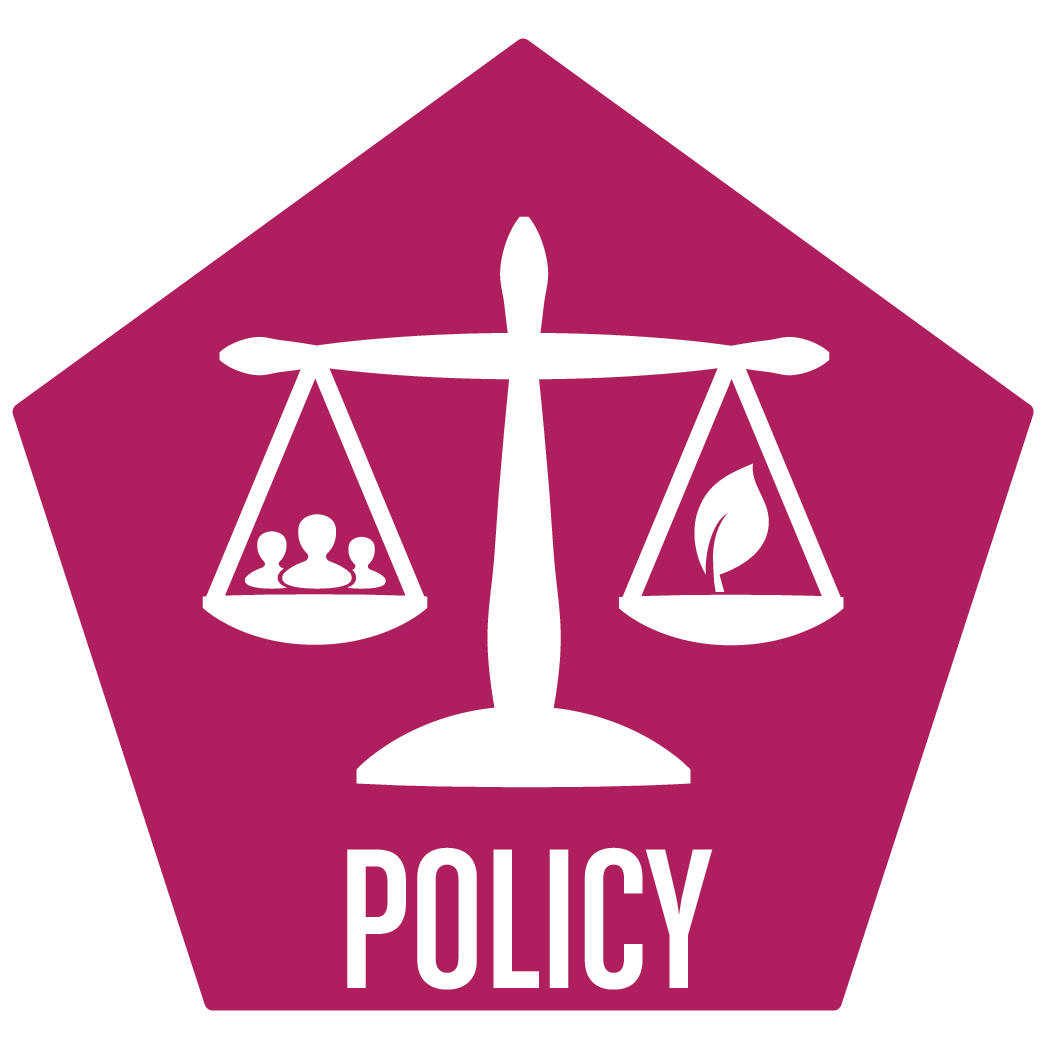6.3 Encourage implementation of green infrastructure and resiliency in site plans of new and redevelopment
Key Message: New state and local stormwater policies now require development and redevelopment projects to better protect water quality. These updated regulations present an opportunity to decouple urban development from increased nutrient pollution. Development approaches that emphasize natural areas, green infrastructure, and low impact design (LID) are essential to meeting water quality goals.
Importance
Florida’s stormwater regulations were historically based on science from the 1980s. As a result, permitting criteria presumed that discharges from approved systems would meet water quality standards—even if, in practice, nutrient reductions fell short. Since stormwater is the main carrier of nutrients from human sources, modernizing these regulations provides significant benefits to water quality, ecosystems, public health, and the economy. This activity evolved from the previous Activity 6.3 Update state stormwater treatment rules to require use of best science for nutrient reduction, which called for updates to stormwater rules. That recommendation was largely realized with the 2024 adoption of the Statewide Stormwater Rule. The new priority is to meet these more rigorous standards with green infrastructure solutions.
Overview
Florida’s 2024 Statewide Stormwater Rule raises the bar for nutrient removal in new and redevelopment projects. It mandates that post-development nutrient loads to downstream waters must not exceed pre-development levels, or must meet a defined minimum percentage reduction—whichever is greater (Table 6.3.1). Percentages are determined for total phosphorus (TP) and total nitrogen (TN) based on whether the site is near Outstanding Florida Waters (OFW), impaired waters, or other waters and whether the standard is applied to new development or redevelopment. To meet these requirements, developers are encouraged to use green infrastructure, LID techniques, and other stormwater BMPs.
Table 6.3.1. 2024 Florida Statewide Stormwater Rule nutrient load reductions required for different development and redevelopment site locations for total phosphorus (TP) and total Nitrogen (TP).
In support of these changes, Sarasota County Government adopted a Water Quality Level of Service standard in 2023. This standard defines nutrient thresholds for nitrogen, chlorophyll-a, and dissolved oxygen based on waterbody classification (Figure 6.3.1).
Figure 6.3.1. Sarasota County Water Quality Level of Service for total nitrogen (mg/l), chlorophyll-a (microgram/l), and dissolved oxygen (% saturation) based on Florida surface water quality standards for different types of natural water bodies. Source: Sarasota County
To support these goals, Sarasota County’s Stormwater Environmental Utility, established in 1989, revised its rate structure. The updated model includes a base charge for area-wide services and an impervious charge based on the area of the developed property with impervious cover. The new rate structure ensures stable funding for services and water quality and flood protection projects. The fee structure also incentivizes reductions in impervious surfaces on private property (see Chapter 7.2).
Sarasota County determines acceptable levels of flooding in certain areas according to a 100-year threshold of 10 inches of rain over a 34-hour period. This means such an event has a 1% statistical chance of occuring in any given year. In fact, single-day rainfall totals of 10 inches or more have occurred four times in the past five years, including 11.23 inches in Sarasota (April 25, 2020), 10.08 inches in North Port (July 7, 2021), 19.08 inches at Myakka River State Park (September 28, 2022), and more than 11 inches at the Sarasota Bradenton International Airport (August 4, 2024). Over three days, Hurricane Debby dumped over 18 inches of rain in some areas of Sarasota County, overwhelming infrastructure, flooding homes and businesses, and forcing evacuations of entire communities. Climate projections suggest that rainfall events will continue to intensify into the future.
A floating island nutrient treatment train BMP in Alligator Creek. Source: Sarasota County Government
Approach
The 2024 Statewide Stormwater Treatment Law and Sarasota County Water Quality Level of Service will increase the need for improved water quality treatment in new and redevelopment. In 2018, Sarasota County Government developed a comprehensive green infrastructure (LID) manual that provides detailed guidance for design of high-performing stormwater treatment systems (Sarasota County 2018a). Sarasota County Government’s development code currently allows but does not require or recommend them. The LID manual should be updated to incorporate the latest science-based practices and align with the State Stormwater Rules.
Encouraging site plans that include green infrastructure and LID techniques can promote compliance. In many cases, achieving the new standards may require a treatment train of multiple BMPs. Retrofitting older neighborhoods without centralized stormwater systems is especially important to reduce nutrient runoff. Sarasota County should update its Unified Development Code and Stormwater Maintenance Ordinance to align with the new rules.
To ensure successful implementation, Sarasota County should provide clear guidance and outreach to developers. Hosting a workshop series or developer roundtables could increase awareness of best practices for on-site and off-site stormwater treatment.
Incorporating projections for sea level rise, rising groundwater, and more intense rainfall is also essential. Future site planning should ensure that stormwater storage and conveyance systems can accommodate projected conditions to prevent flooding and maintain water quality compliance.
Resources
- Sarasota County Low Impact Development Guidance Document
- Sarasota County. 2010. Case Studies and Peer Review of Sarasota County Draft Low Impact Design Manual.
- Sarasota County Vulnerability Assessment
Status
Workshops – No Activity
Incorporation of sea level rise into Watershed Planning – Ongoing
Performance Measure
New and redevelopment sites achieving Statewide Stormwater Treatment Law compliance and Sarasota County Water Quality Level of Service standards
Experts or Leads
Paul Semenec, Sarasota County Government
SWFWMD
Cost Estimate
$50,000-$100,000
Related Activities
Other Stormwater System Activities
6.1 Estimate and communicate annual nutrient loads from stormwater
[dipi_masonry_gallery images="418,545,446" columns="3" disabled_on="off|off|on" _builder_version="4.16" max_width="100%" max_width_tablet="50%" max_width_phone="65%" max_width_last_edited="on|desktop" module_alignment_tablet="center" module_alignment_phone="center"...
6.2 Quantify costs and effectiveness of stormwater best management practices
[dipi_masonry_gallery images="418,545,446" columns="3" disabled_on="off|off|on" _builder_version="4.16" max_width="100%" max_width_tablet="50%" max_width_phone="65%" max_width_last_edited="on|desktop" module_alignment_tablet="center" module_alignment_phone="center"...
6.4 Adopt or update local ordinances to provide guidelines for stormwater pond management
[dipi_masonry_gallery images="418,894,446" columns="3" disabled_on="off|off|on" _builder_version="4.16" max_width="100%" max_width_tablet="50%" max_width_phone="65%" max_width_last_edited="on|desktop" module_alignment_tablet="center" module_alignment_phone="center"...





